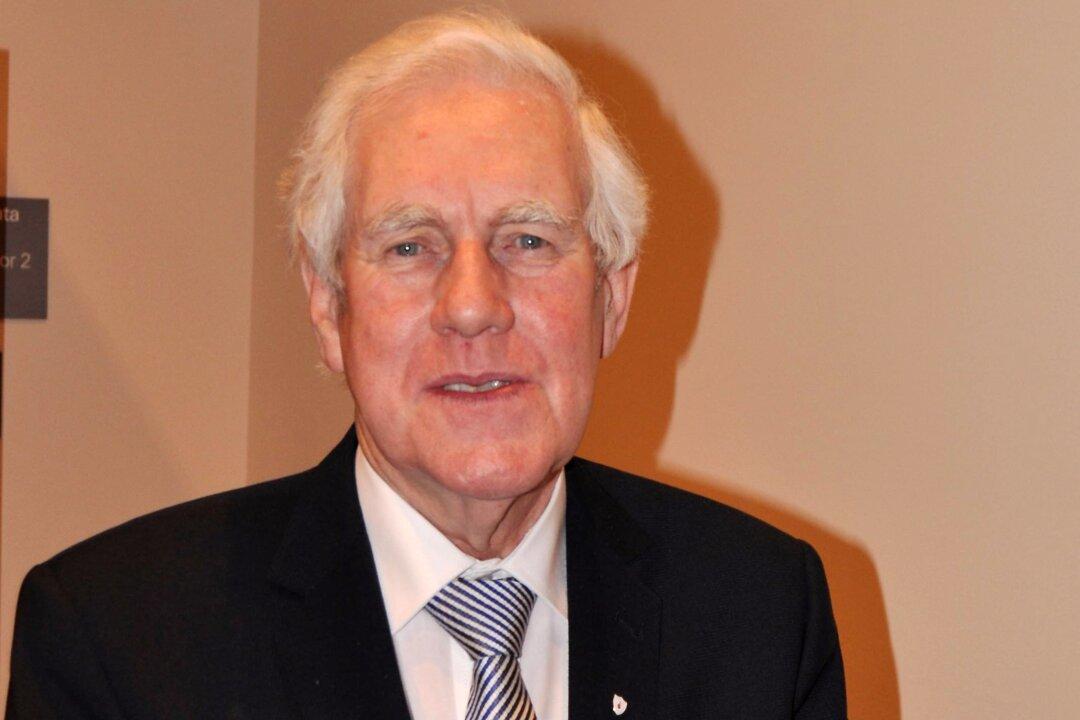DUBLIN—If there were an Olympic event for never giving up and always staying optimistic, Mark Pollock would be a front-runner for gold.
His eternal optimism was rewarded with the honor of being selected to carry the Olympic torch through Dublin.
The Belfast-born explorer lost his sight in 1998. In January 2009 overcoming his disability, he became the first blind person to ever reach the South Pole.






